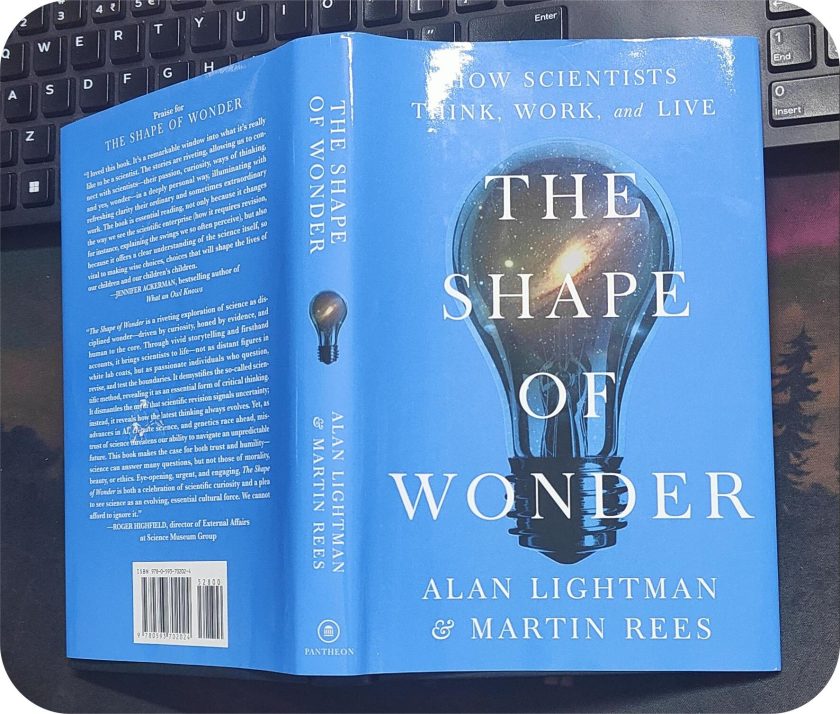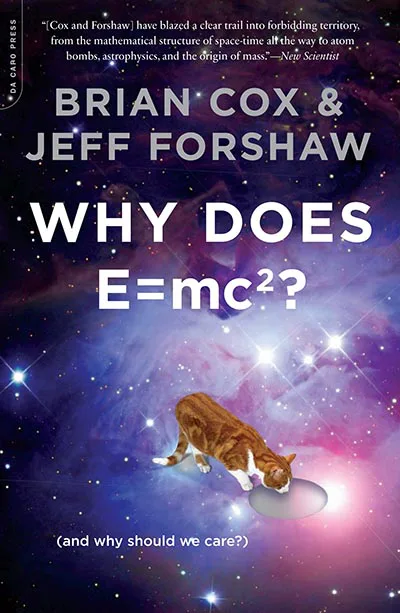
“Why Does E=mc²? (And Why Should We Care?)” is a book published in 2009, written by the theoretical physicists Brian Cox and Jeff Forshaw.
The authors have successfully managed to condense Einstein’s intricate theories of relativity and touched upon particle physics into a concise 250-page volume.
The book starts with Einstein’s journey towards formulating his groundbreaking theories. He thought deeply about fundamental principles and used mathematics to derive elegant solutions to complex problems.
Mathematical Insights into the Universe
Mathematics was the language of Einstein and his colleagues, through which they tried to deduce the laws followed by the universe. With the help of the Pythagorean Theorem, they were able to calculate time dilation near light speed.
Pythagoras’ Theorem deals with distances, like inches and feet. Einstein extended it to relate to Momentum and Energy.
If Momentum and Energy are connected to distance, then through math, they can be treated as areas, much like Pythagoras’ Theorem.
Einstein’s developed general theory of relativity in 1915. And this became the foundation for the explanation of gravity. According to the theory of relativity, matter (or energy) cause distortion in the fabric of spacetime. Thus, Einstein’s gravity made the universe go round.
This also implies that matter move along the curving pathways which is embodied in spacetime. In the words of John Archibald Wheeler, an American theoretical physicist,
“Spacetime grips mass, telling it how to move…
Mass grips spacetime, telling it how to curve”
Many experiments were performed from the 1919 solar eclipse to recent gravitational wave observations. And both support Einstein’s general theory of relativity.
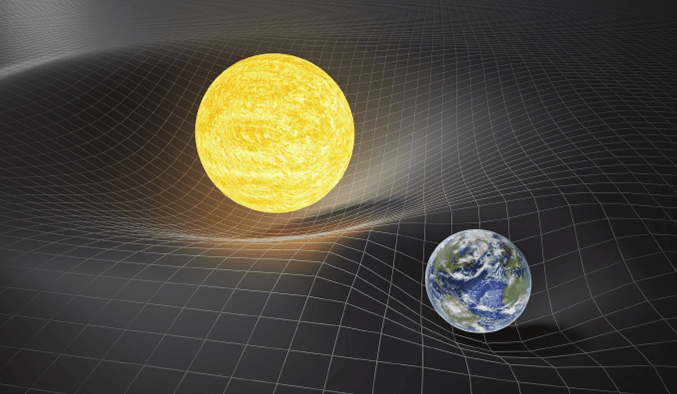
Einstein’s Spacetime and Time Dilation
Space and time form a unified entity called spacetime.
All matter moves at a constant speed in spacetime. If an object moves faster in space, it moves slower in time to maintain a constant combined motion. After all, the combined effect of movement through both space and time is always constant.
This concept has been mathematically proved using the Lorentz factor. It helps us in figuring out how time, length, and other things get affected when objects move very fast as in, close to the speed of light.
Interestingly, for a photon, travelling at the speed of light, time does not elapse at all. And from the perspective of the photon, its journey from one point to another is instantaneous. Time essentially stands still for the photon.
On the other hand, for object at rest, time passes at the normal rate.
Einstein’s Theory and Length Contraction
The speed of light is constant in the universe. However, unlike the speed of light, time and space are not constant but can be influenced by motion. As objects move at high speeds with respect to each other, there can be effects like:
- time dilation – time passing more slowly
- length contraction – shortening of objects in the direction of motion.
We do not see time dilation in everyday life but if we happen to approach the speed of light, the relativistic effects become more distinct.
This idea gives rise to theoretical probability that if we touch upon the speed of light while journeying through space, we will end up “saving time”. Although, the same time might appear long to observers at rest, relative to us. (For instance, Murph grew older while Cooper did not, in Interstellar).
Speed of Light, Timelessness, and the Unidirectional Arrow of Time
When speed of light is reached, space shrinks into nothingness. Therefore, nothing can ever exceed the speed of light.
This explains, when a massless particle, a photon, travels at the speed of light, it doesn’t experience time at all. Without time, there is no universe. Hence, it travels a “dimensionless universe”.
This also implies, that if the photon (travelling at the speed of light) doesn’t experience time. Then it wouldn’t age. Its entire existence is compressed into that single moment of traveling at the speed of light.
The entire concept is linearly unidirectional. That means, time can move forward but not backward.
Special relativity does not support the idea of time going from the present into the past. As of now, the topic is still under theoretical speculation.
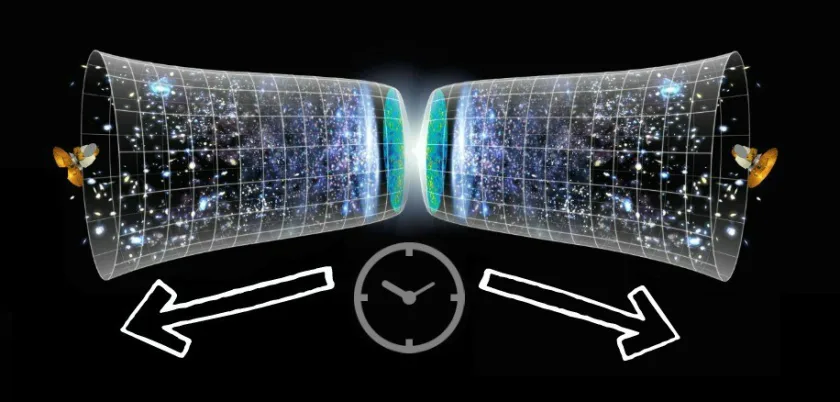
Atoms, Stars, and the Origins of Elements
To understand nature, the authors suggest, understanding atoms should be the starting point. Since, atoms forms the building blocks of materials science. Also, atoms are nothing without the energy.
So, the next obvious question comes, from where does the universe gets its elements that make up our planet and our bodies. The answer is – stars!
Stars not only create these elements but also disperse them. Therefore, learning more about stars – their evolution and eventual explosion – helps us in tracing the origins of elements. Additionally, with the same knowledge we can also understand the formation of galaxies, planets, and life as we know it.
Stars, including our Sun, produce gigantic amounts of energy through nuclear fusion. This energy is the source of light and heat to planets orbiting it. It is also the energy source that sustain life on Earth.
Mass, Energy, and the Higgs Field
Mass is not only measure of “stuff” that an object has but through the Einstein’s equation, we can conclude that mass is also a measure of “latent energy” stored up within the matter.
“… latent energy is irrevocably intertwined with the concept of mass.” (pg147)
In the book, the authors also discuss Higgs boson and the Higgs field as central to the understanding of mass in the universe.
The Higgs field is a field of energy that permeates all of space. And particles while interacting with this field acquire mass.
The degree of their interaction, determines their mass. For instance, particles interacting more strongly with the Higgs field acquire more mass. On the other hand, those that interact less acquire less mass.
Why is Mass so Important?
Mass is important because it determines how particles respond to forces, such as gravity. Particles with mass are affected by gravity. However, it doesn’t influence the massless particles, like photons.
In the presence of gravity, elements with mass come together to form structures including stars, planets, and galaxies.
In the early universe, particles were massless. If the phenomenon continued, then it would be impossible for particles to come together and form the structures we observe today.
The fundamental massless and indistinguishable symmetry in the universe was broken down by Higgs field. Consequently, particles acquired mass and became discrete.
The breaking of symmetry and the acquisition of mass due to the Higgs mechanism allowed matter to clump together and form galaxies, stars, planets, and ultimately, life.
The book also talks about The Large Hadron Collider (LHC) in the discovery of the Higgs boson. Situated at CERN in Switzerland, the LHC is largest and most powerful particle accelerator in the world.
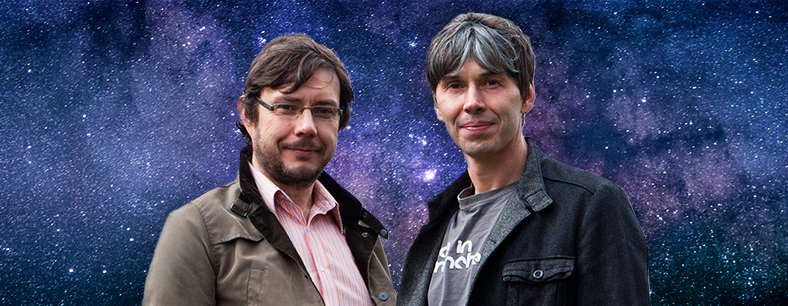
Takeaway
As far as the understanding goes, the book started well with me. I was able to grasp concepts about space, time, the speed of light, and the special theory of relativity.
However, the narrative takes an abrupt turn when it dives into the realm of spacetime momentum vectors. Due to these “vectors” I had to pause to scratch my head for the long-buried knowledge from my school studies.
Further, explanations of scientific notation also deterred my pace. I understand making complex concepts accessible to a wide range of readers is not an easy task. And so, it’s pretty normal for science books to vary in difficulty and pacing.
Over all, I find “Why Does E=mc²?” an interesting book. It challenged my preexisting perspectives and expanded my knowledge base. Therefore, it totally piqued my curiosity. And hence it served as a source of inspiration to delve deeper into the subject matter.
I will surely read it again sometime to absorb more information and gain a deeper understanding of the concepts. If you are someone who wants to take a dip into the intricate theories of relativity this is a good book to start with!


